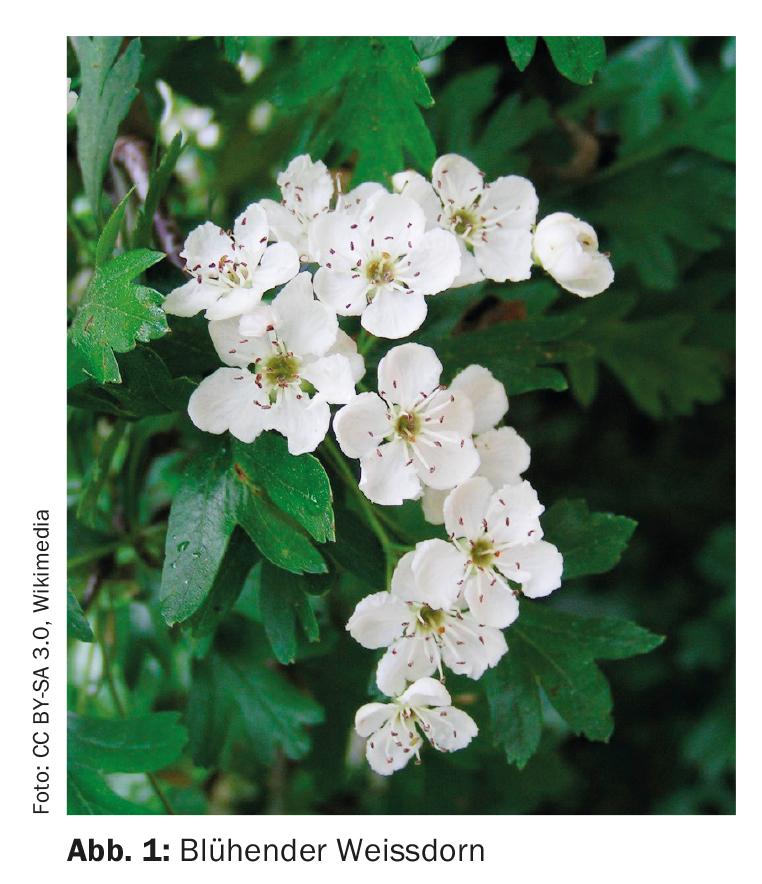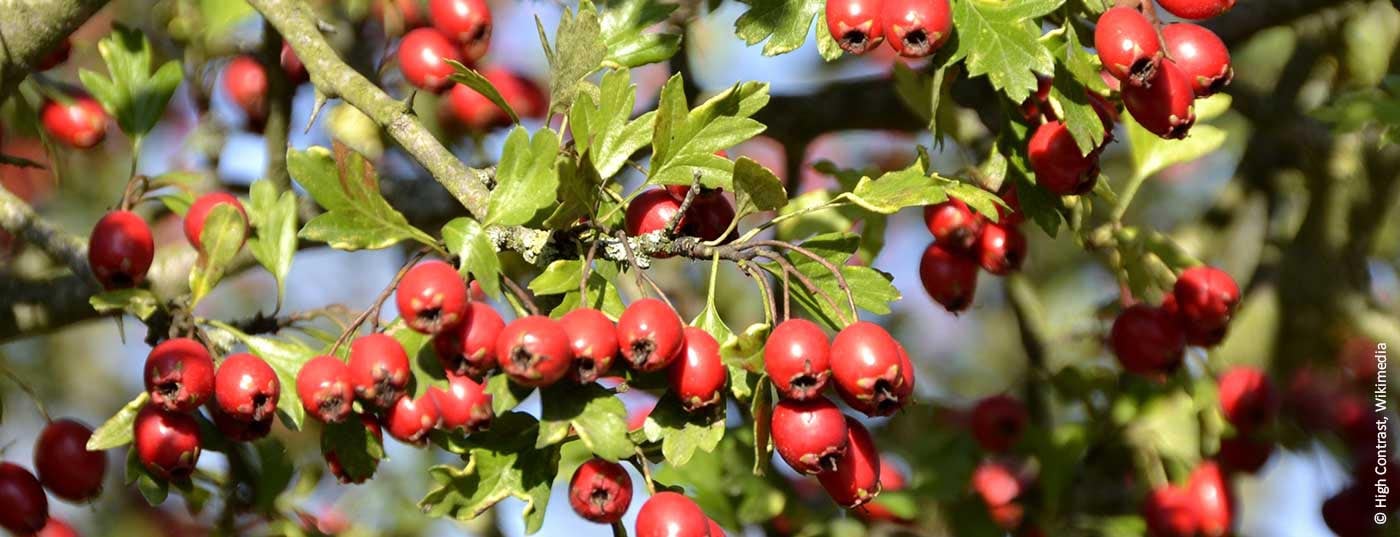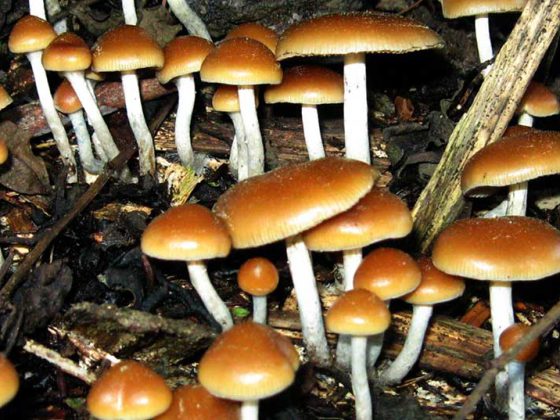Various species of the plant genus Crataegus, hawthorn, have been used since ancient times to treat heart failure. There are many clinical studies documenting the efficacy of standardized hawthorn extracts. Even the Cochrane Collaboration has published a review confirming the efficacy of hawthorn preparations.
Heart failure
Heart failure is a disease of the myocardium of various etiologies. The WHO defines heart failure as decreased exercise capacity due to ventricular dysfunction. Heart failure occurs when the heart is no longer able to provide the cardiac output required by the body at normal end-diastolic ventricular pressure.
For decades, heart failure has been divided into four stages: NYHA I, NYHA II, NYHA III and NYHA IV. NYHA stands for New York Heart Association. A Cardiologists Association of New York once defined these severity levels.
Hawthorn
Nature has provided us with an excellent medicinal plant for the treatment of heart failure NYHA I and II, hawthorn. This plant of the Rosaceae family is a shrub or small tree ubiquitous in Europe (Fig. 1).

Medicinally used are different species of the genus Crataegus: Crataegus monogyna, Crataegus oxycantha and Crataegus laevigata. From these hawthorn species, the leaves, flowers and fruits are processed into medicines. Liquid and dry extracts are prepared from the medicinal drug using solvents such as ethanol.
Oligomeric procyanidins (OPC), flavonoids and triterpenes are considered to be the active ingredients, which have shown cardioprotective, vasodilatory, positive inotropic, positive dromotropic and negative bathmotropic effects in pharmacological studies. Similarly, an increase in coronary and myocardial blood flow was demonstrated. Further, hawthorn extracts lower peripheral vascular resistance, which leads to strengthening of the heart and oxygen supply to the body.
Efficacy latency
When a health care professional prescribes a hawthorn preparation for the treatment of heart failure, it is important to provide accurate information to the patient. This is because a noticeable improvement in cardiac performance is only apparent after a latency period of three to eight weeks.
Cochrane Collaboration
The hawthorn was already used in ancient times against heart problems. There are a variety of clinical studies demonstrating the efficacy of Crataegus extracts. As an example, the review of the Cochrane Collaboration, which confirms the efficacy of standardized hawthorn preparations [1], should be mentioned here. This is extremely significant, because reviews of the Cochrane Collaboration otherwise judge herbal medicines anything but favorably! In this review, the authors also evaluated, among others, eleven studies conducted with the standardized hawthorn extract WS 1442 and three studies conducted with the standardized hawthorn extract LI 132. Both hawthorn extracts are commercially available in Switzerland (Tab. 1).

Most studies included in the review tested the efficacy of a hawthorn preparation in NYHA I and II heart failure. Some studies were also conducted with NYHA III.
The conclusion of the review is: These results suggest that there is a significant benefit in symptom control and physiologic outcomes from hawthorn extract as an adjunctive treatment for chronic heart failure. This assessment applies primarily to NYHA I and II heart failure. Knowing how rigorous the Cochrane Collaboration usually is in assessing the efficacy of herbal medicines, this judgment cannot be overstated.
SPICE Study
A very important contribution to the efficacy of hawthorn in the treatment of heart failure was provided by the SPICE study published in 2008 [2]. The long-term efficacy and tolerability of hawthorn extract WS 1442 was tested. Patients with advanced NYHA stage who had optimal cardiological control additionally received either placebo or 900 mg hawthorn extract WS 1442 daily as ad-on therapy in addition to their conventional therapy.
Primary target variables of SPICE were
- Cardiac mortality
- Sudden cardiac death
- Death from progressive heart failure
- Fatal myocardial infarction
- Nonfatal myocardial infarction
- Hospitalization due to progression of heart failure
No difference was observed in the primary outcome measures between the two groups (conventional treatment only vs. conventional treatment plus WS 1440). However, the major benefit of WS 1442 was demonstrated in the subgroup analysis in terms of all-cause mortality, cardiac mortality, and for sudden cardiac death. The risk of such an event decreased by 21.9% for all-cause mortality, 20.0% for cardiac mortality, and 39.7% for sudden cardiac death in the WS 1442 group compared with placebo.
Summary
With various species of hawthorn (Crataegus species), nature provides us with a very effective medicinal plant for the treatment of heart failure NYHA I and NYHA II. Standardized Crataegus extracts in particular are very effective, as confirmed by a review by the Cochrane Collaboration. Further, the SPICE study showed that hawthorn extract WS 1440 as an ad-on therapy can reduce the incidence of cardiac mortality and sudden cardiac death.
Thus, Crataegus extracts, especially standardized ones, prove to be a valid alternative to the conventional treatment of heart failure NYHA I and II as well as an ideal ad-on therapy in advanced heart failure.
Literature:
- Guo R, Pittler M.H, Ernst E: Hawthorn extract for treating chronic heart failure (Re-view), 2009 The Cochrane Collaboration. Published by JohnWiley & Sons, Ltd.
- Holubarsch C.J.F, et al: The efficacy and safety of Crataegus extract WS 1442 in patients with heart failure: The SPICE trial, Eur J Heart Fail 2008; 10: 1255-1263.
HAUSARZT PRAXIS 2017; 12(1): 2-4











